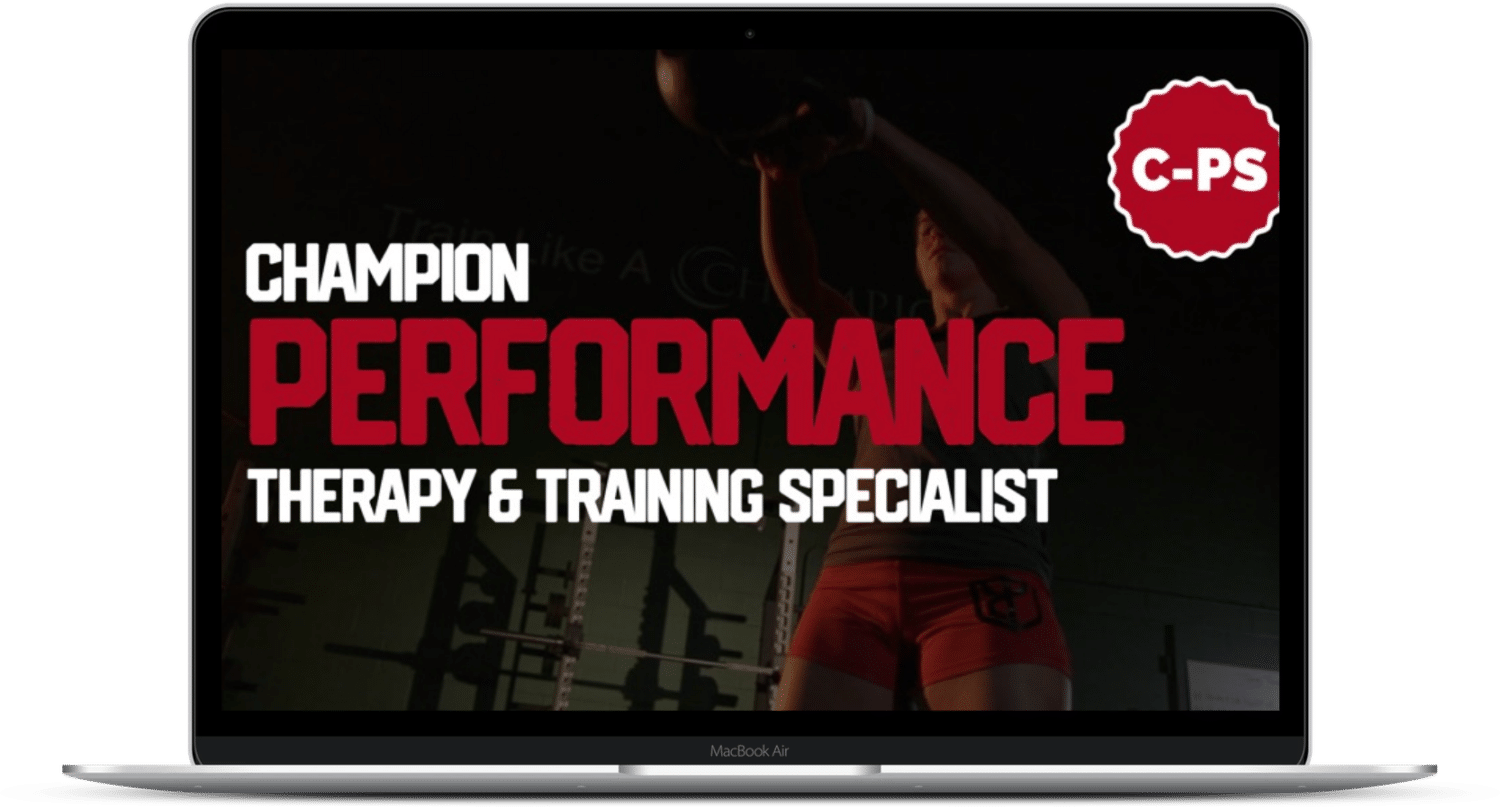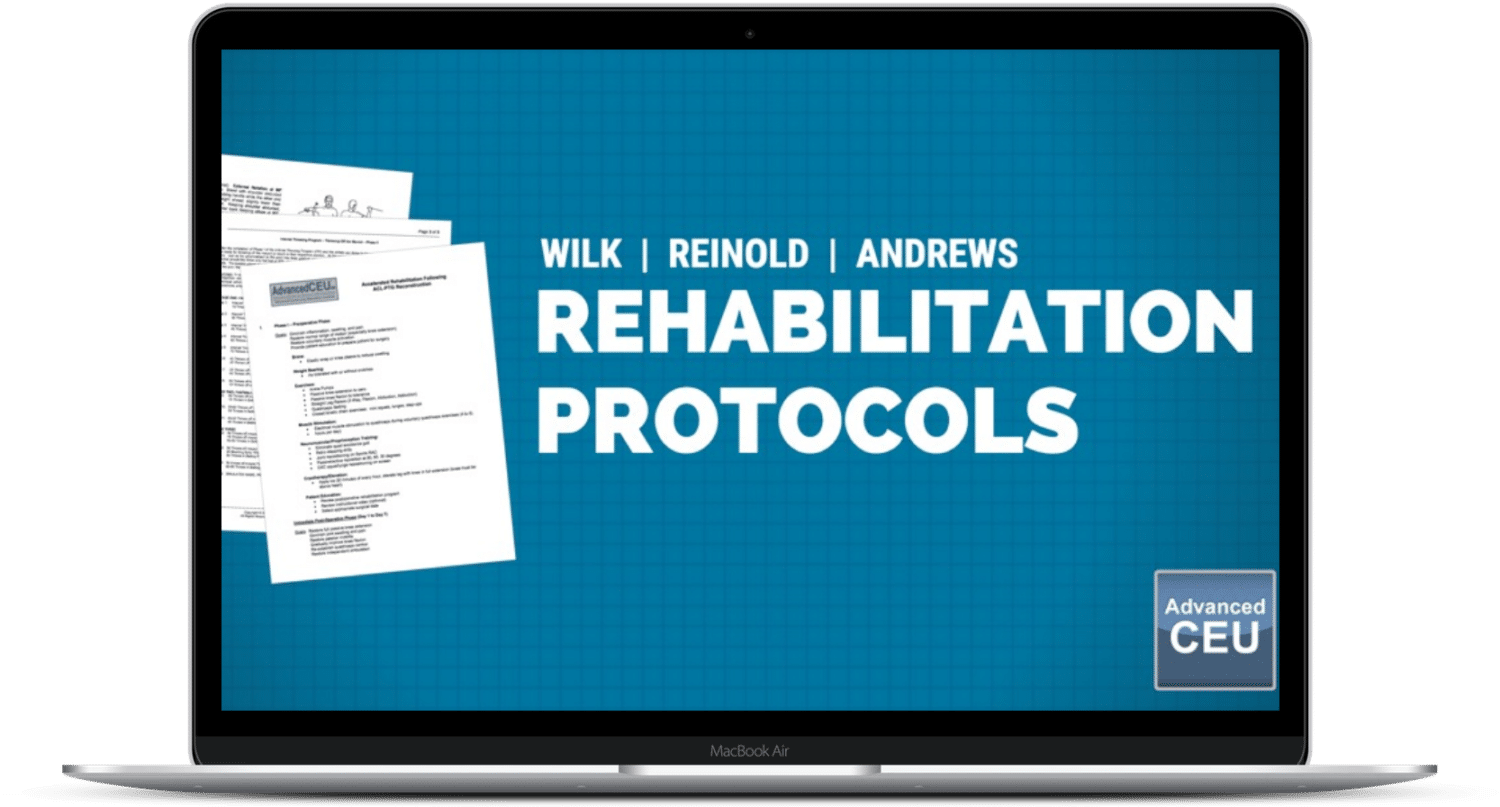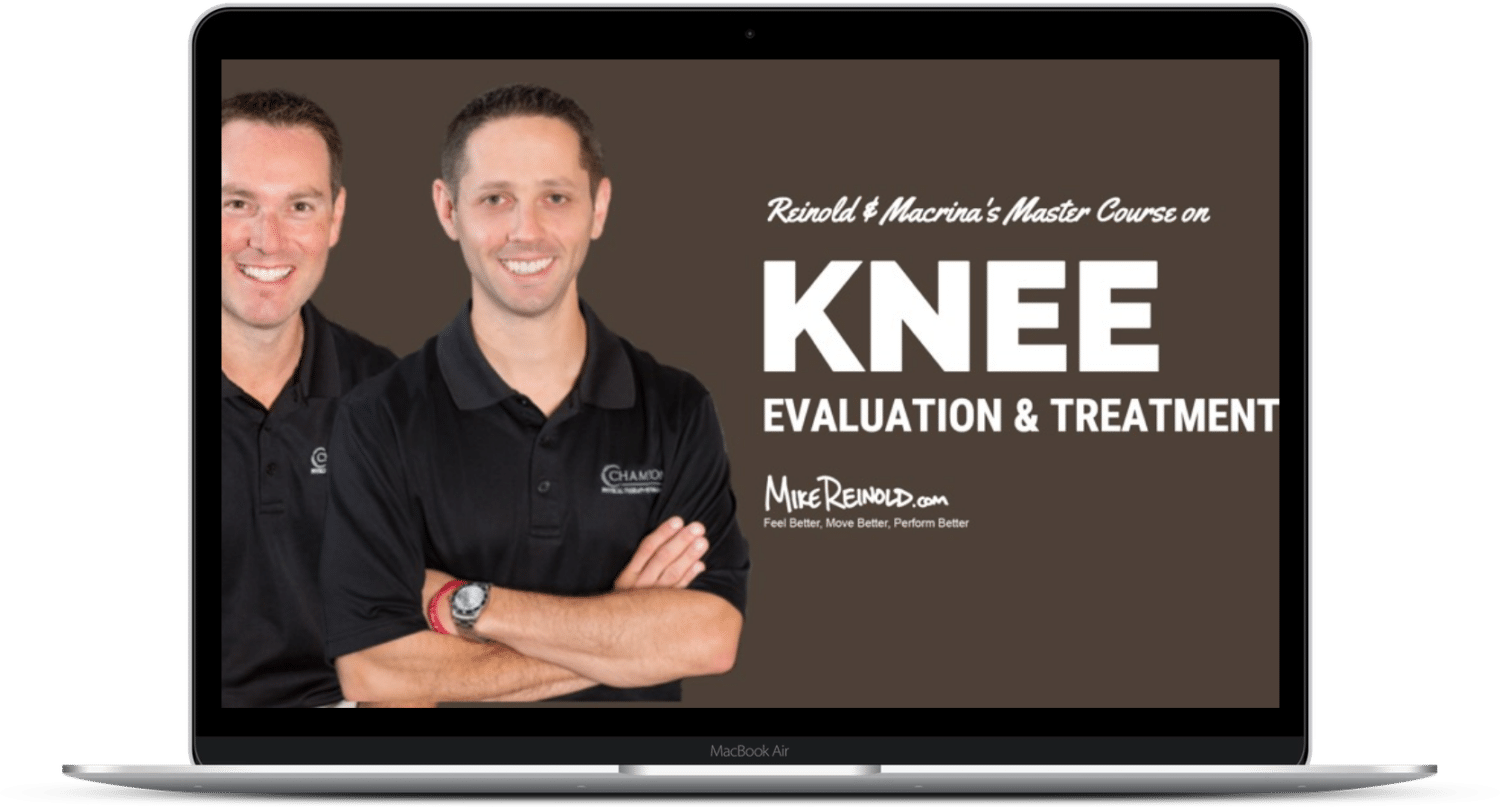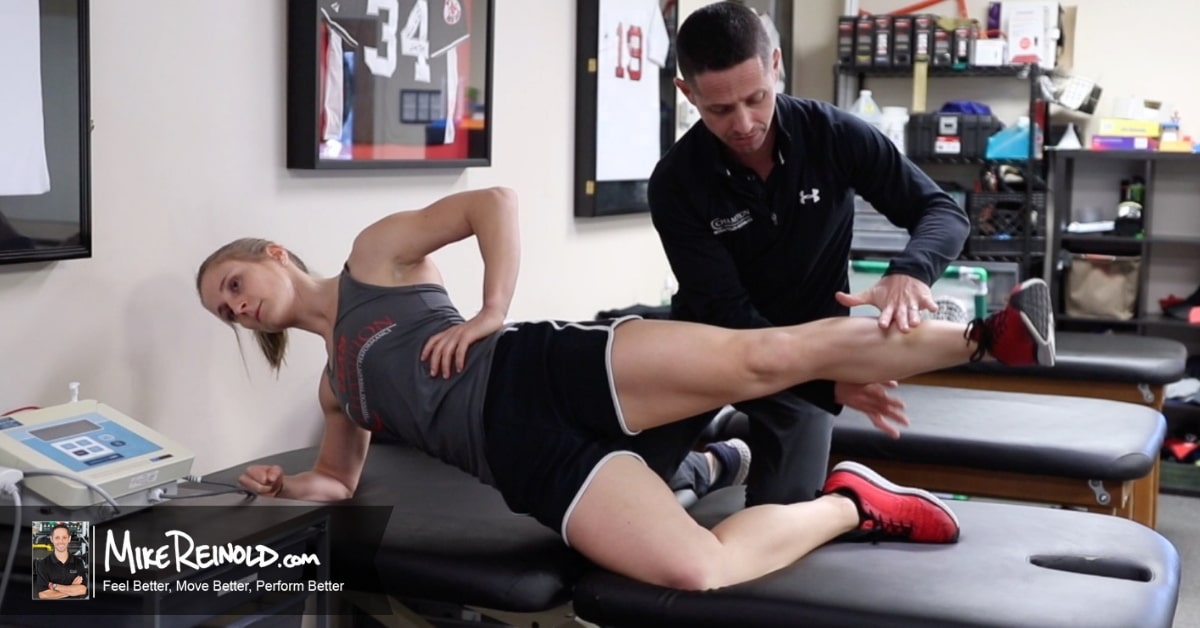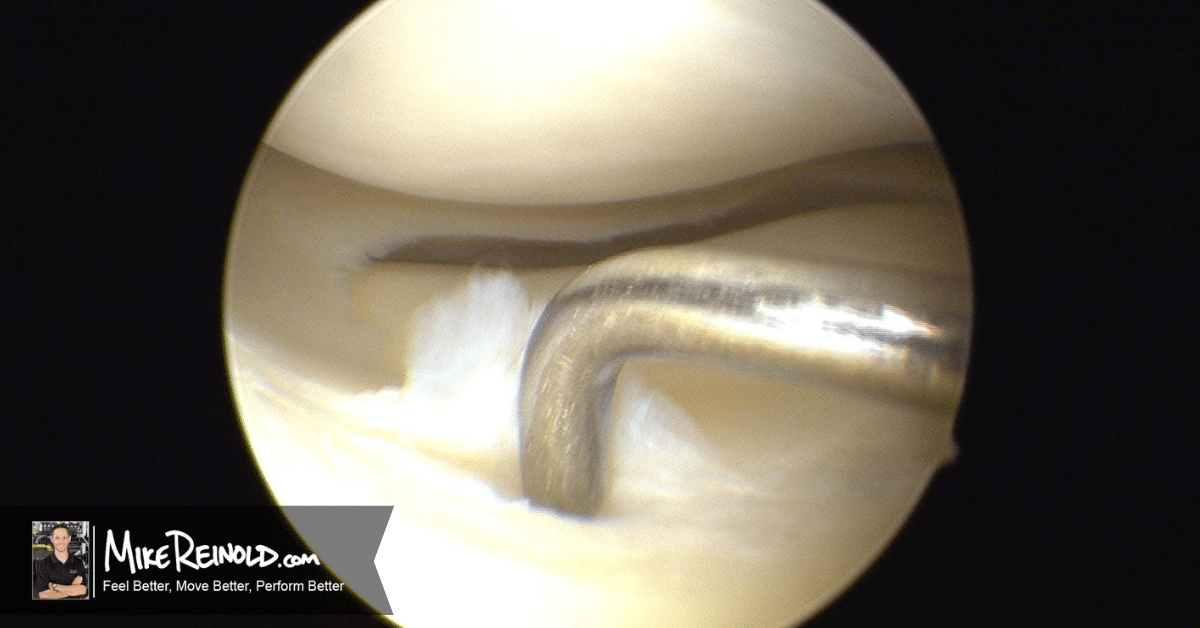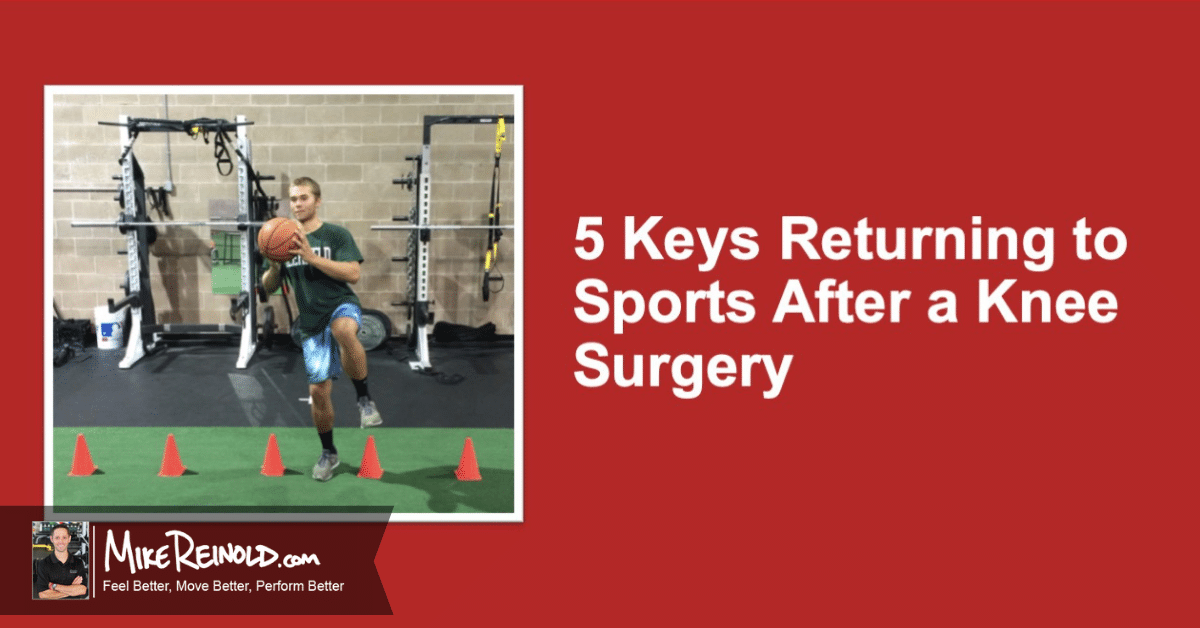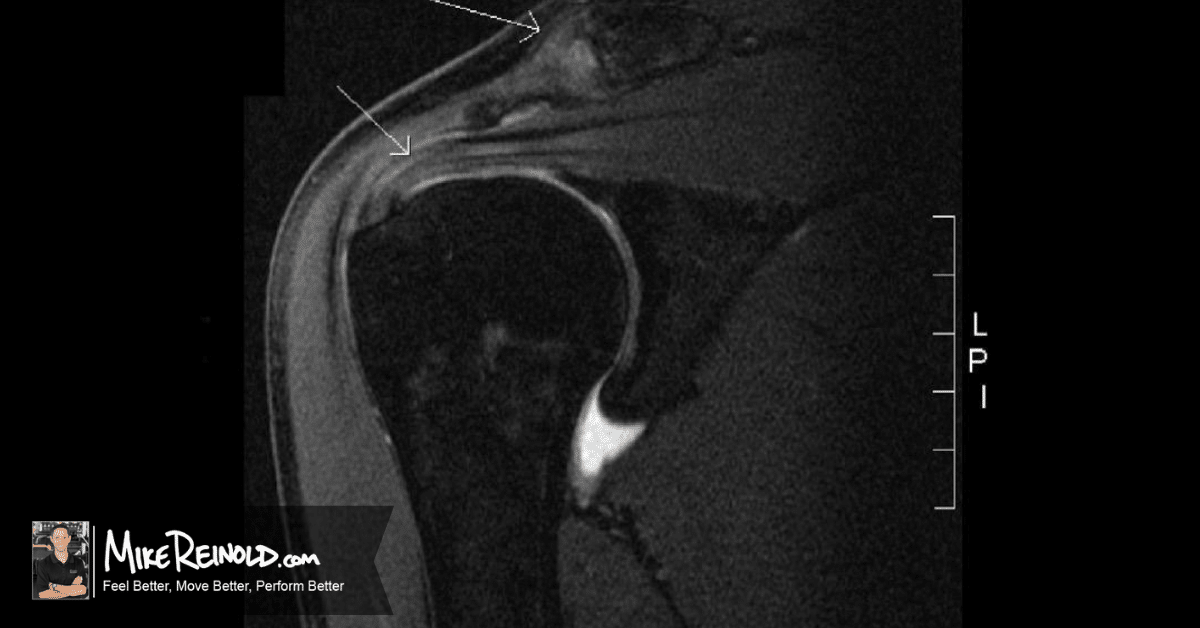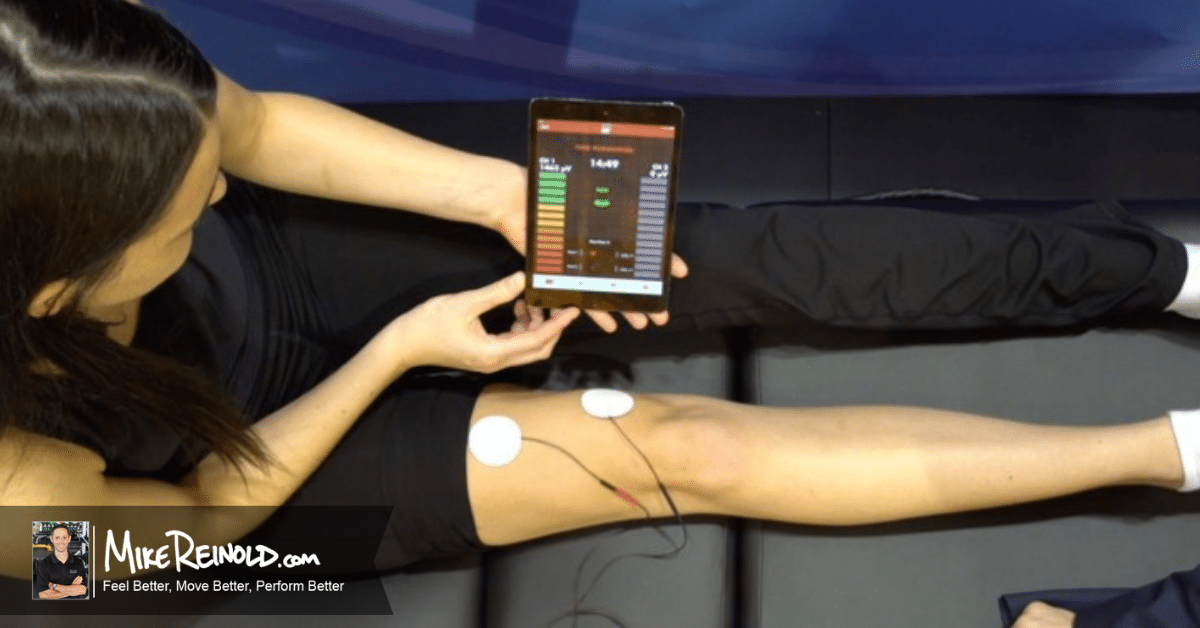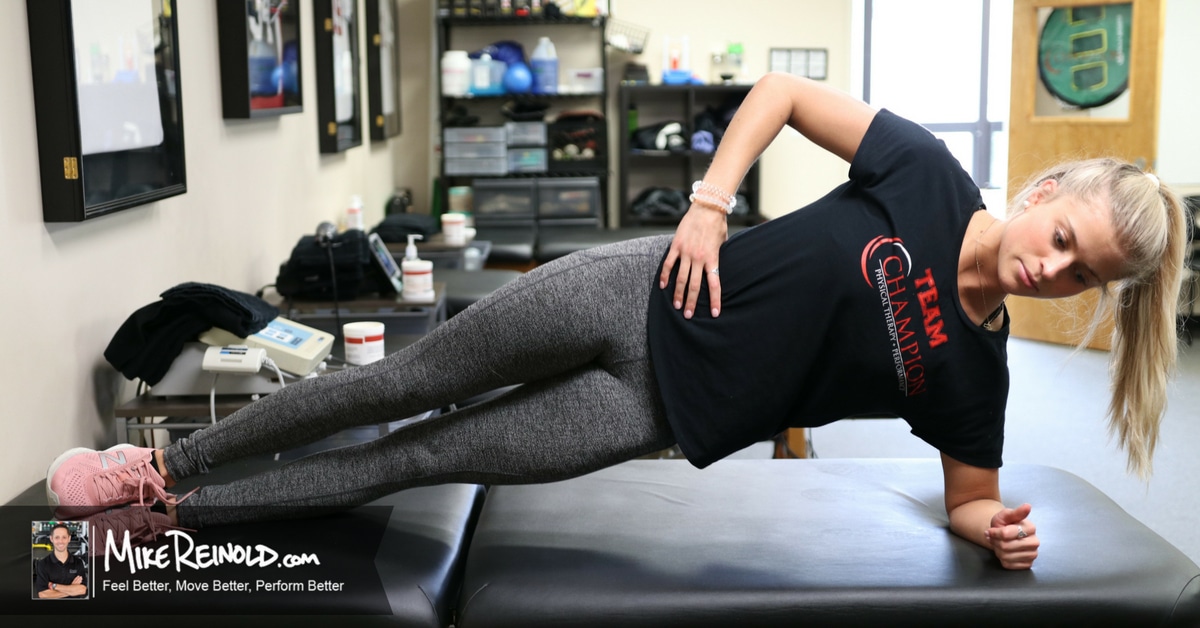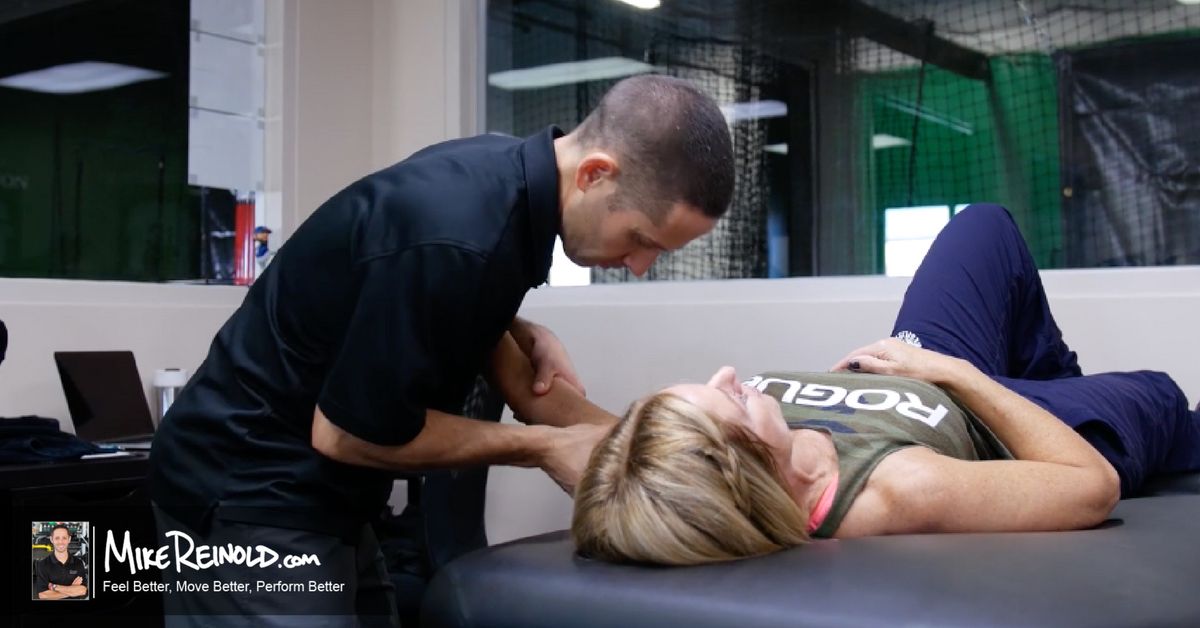
6 Keys to Shoulder Instability Rehabilitation
Shoulder instability is a common injury encountered in physical therapy. But there are many different types of shoulder instability.
Would you treat a high school baseball player that feels like their shoulder is loose when throwing the same as a 35 year old that fell on ice onto an outstretched arm and dislocated their shoulder? They’re both “shoulder instability,” right?
There exists a wide range of symptomatic shoulder instabilities from subtle recurrent subluxations to traumatic dislocations. Nonoperative rehabilitation is commonly utilized for shoulder instability to regain previous functional activities through specific strengthening exercises, dynamic stabilization drills, neuromuscular training, proprioception drills, scapular muscle strengthening program and a gradual return to their desired activities.
But to truly understand how to successfully treat shoulder instability, there are several key factors that you must consider.

